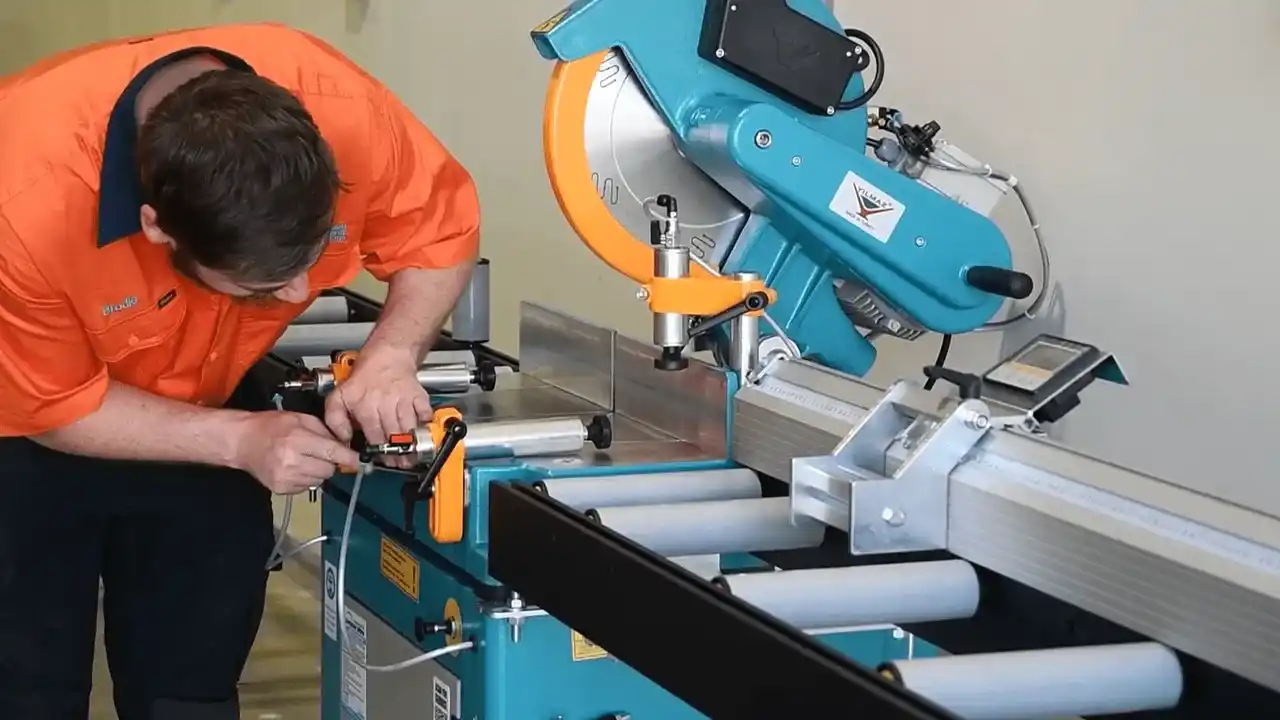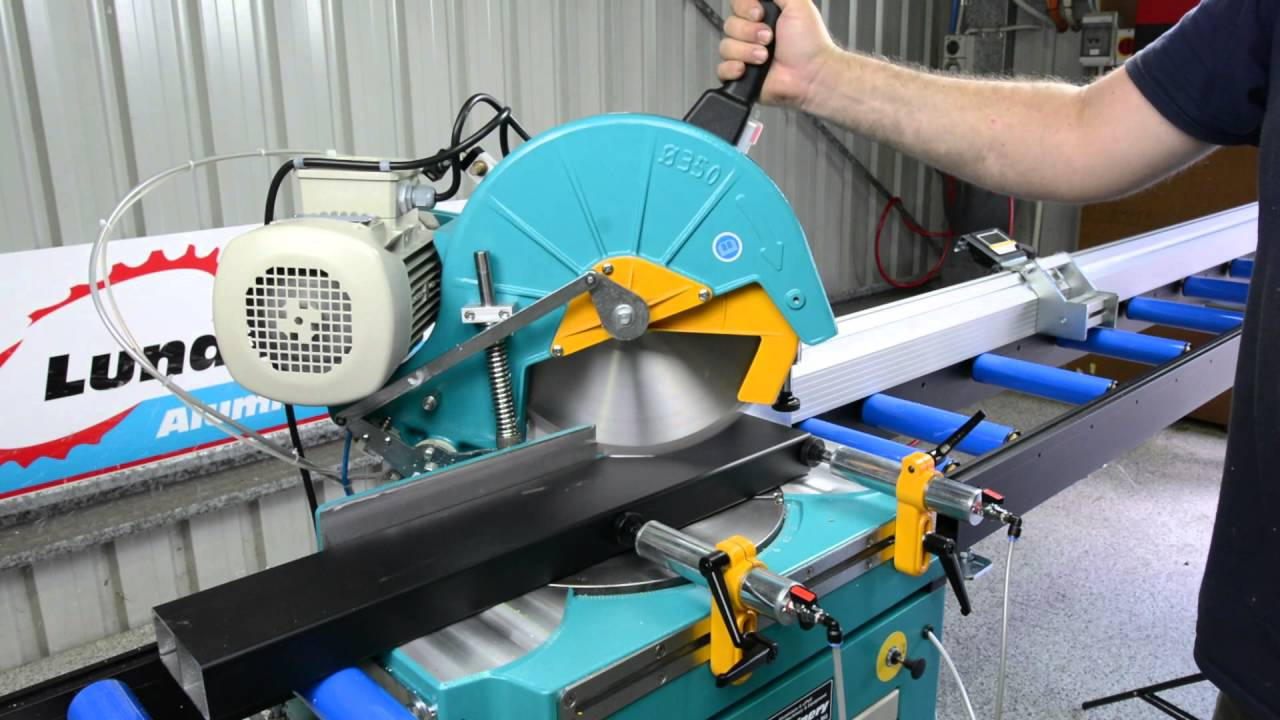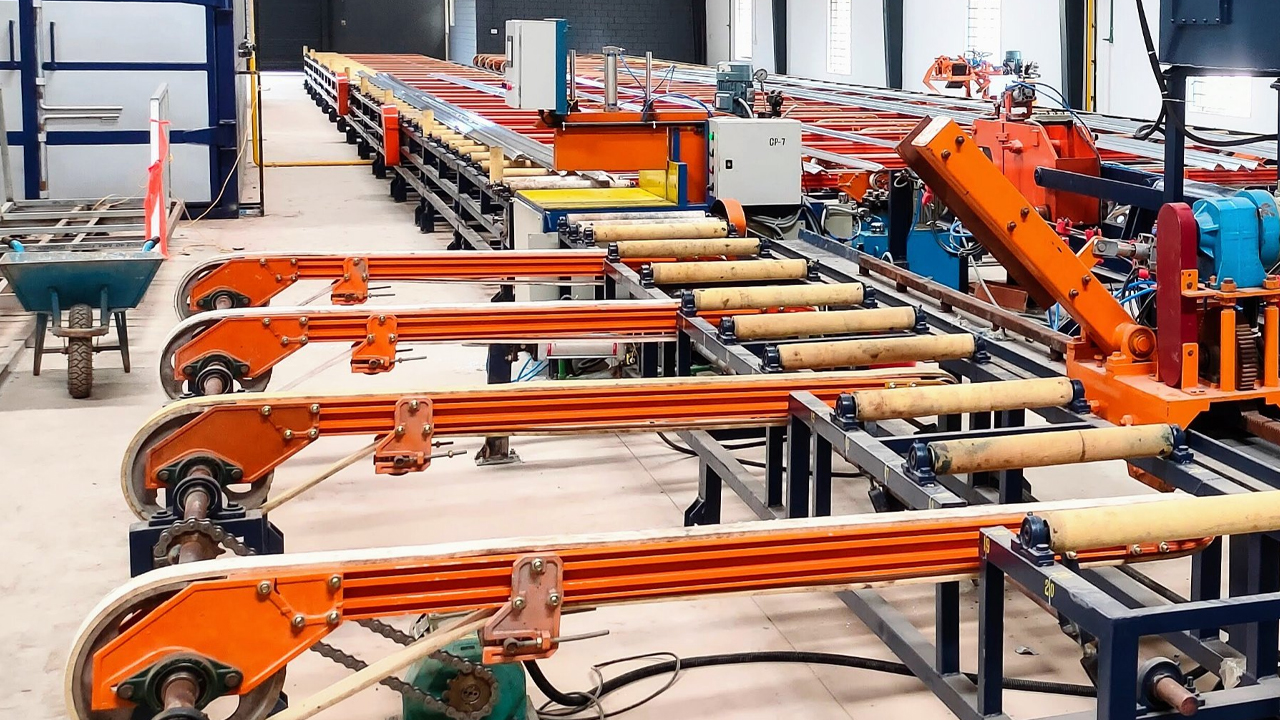
Aluminium cutting machine play a crucial role in various industries by offering precision and efficiency in shaping aluminium profiles. In UAE, manufacturers and suppliers provide a range of options, including single head and double head aluminium cutters, tailored to meet diverse cutting needs. These machines are essential for fabricating aluminium profiles with accuracy and speed, catering to construction, manufacturing, and engineering sectors. Companies specializing in aluminium cutting machine in UAE ensure quality and reliability, supporting the region's demand for advanced industrial equipment. Explore how these machines streamline production processes and enhance operational efficiency across different applications.
Functionality and importance of Aluminium Cutting machines in industrial settings
Aluminium cutting machine are pivotal in industrial operations, providing crucial functions across various sectors. Here are additional points highlighting their importance and functionalities:

- • Precision Cutting: Ensures accurate and consistent cuts, critical for intricate designs and dimensions.
- • Versatility: Capable of handling different aluminium profiles and thicknesses, adapting to diverse production needs.
- • Speed and Efficiency: Enhances productivity with rapid cutting speeds, minimizing downtime.
- • Automation: Some models feature automated controls for seamless operation, reducing manual labor.
- • Safety Features: Equipped with safety mechanisms to protect operators and prevent accidents.
- • Customization: Allows customization of cutting parameters to suit specific project requirements.
- • Integration: Easily integrates with other machinery in the production line, optimizing overall efficiency and workflow.
The Role and Relevance Of Aluminium Cutting Machine In Various Industries
Aluminium cutting machine are indispensable tools in various industries, offering precise cutting capabilities that are essential for processing aluminium profiles, sheets, and other forms of aluminium materials. Here's an expanded look at their role and relevance across different sectors:

- • Construction: In the construction industry, aluminium cutting machines are used extensively for fabricating window frames, door profiles, curtain walls, and structural components. These machines ensure precise cuts that meet the exact specifications required for building projects, contributing to the durability and aesthetic appeal of structures.
- • Automotive: Aluminium cutting machines play a critical role in automotive manufacturing by shaping lightweight aluminium components. These machines cut aluminium sheets and profiles used in car bodies, chassis, and interior components. The ability to cut aluminium efficiently helps in reducing vehicle weight, thereby improving fuel efficiency and performance.
- • Aerospace: The aerospace sector relies on aluminium cutting machines to fabricate parts and components for aircraft and spacecraft. These machines are instrumental in cutting aluminium alloys that offer a high strength-to-weight ratio, crucial for constructing airframes, wings, and other structural elements. Precision in cutting is vital to maintain the integrity and safety of aerospace vehicles.
- • Manufacturing: Across various manufacturing industries, aluminium cutting machines support the production of consumer goods, electronics, and appliances. These machines ensure precise cutting of aluminium sheets and profiles used in manufacturing processes, such as forming panels for electronics enclosures or parts for industrial equipment.
- • Renewable Energy: In renewable energy sectors like solar and wind power, aluminium cutting machines are used to fabricate components for solar panels, wind turbine blades, and support structures. The machines enable precise cutting of aluminium materials that are durable, lightweight, and corrosion-resistant, essential for prolonged outdoor exposure in renewable energy installations.
- • Packaging: Aluminium cutting machines are employed in the packaging industry for cutting aluminium foils and sheets. These machines ensure accurate cutting of aluminium materials used for packaging food, beverages, pharmaceuticals, and other products. The precise cuts contribute to maintaining the integrity, hygiene, and shelf life of packaged goods.
- • Shipbuilding: Aluminium cutting machines are crucial in shipbuilding for fabricating lightweight yet strong components such as hulls, decks, and superstructures. These machines ensure precise cutting of aluminium alloys that offer corrosion resistance and durability, suitable for marine environments.
- • Furniture Manufacturing: In the furniture industry, aluminium cutting machines are used to create aluminium frames for various types of furniture, including tables, chairs, and cabinets. The machines enable manufacturers to produce lightweight and stylish furniture pieces that are also durable and resistant to wear and tear.
- • Art and Design: Artists and designers utilize aluminium cutting machines to create intricate designs and sculptures from aluminium materials. These machines provide the precision needed to cut, shape, and assemble aluminium pieces into artistic creations, blending functionality with aesthetic appeal in art installations and architectural projects.
Conclusion
Aluminium cutting machine play a vital role across diverse industries due to their efficiency, precision, and versatility. They enable manufacturers to meet high standards of quality and productivity in cutting aluminium profiles and sheets. From automotive and aerospace sectors needing lightweight components to construction and shipbuilding requiring strong structural elements, these machines facilitate the fabrication of durable and innovative products. In UAE and globally, aluminium cutting machines from reputable manufacturers enhance operational efficiency and ensure the delivery of high-quality finished goods. Embracing these advanced technologies is pivotal for staying competitive and meeting evolving industry demands.
